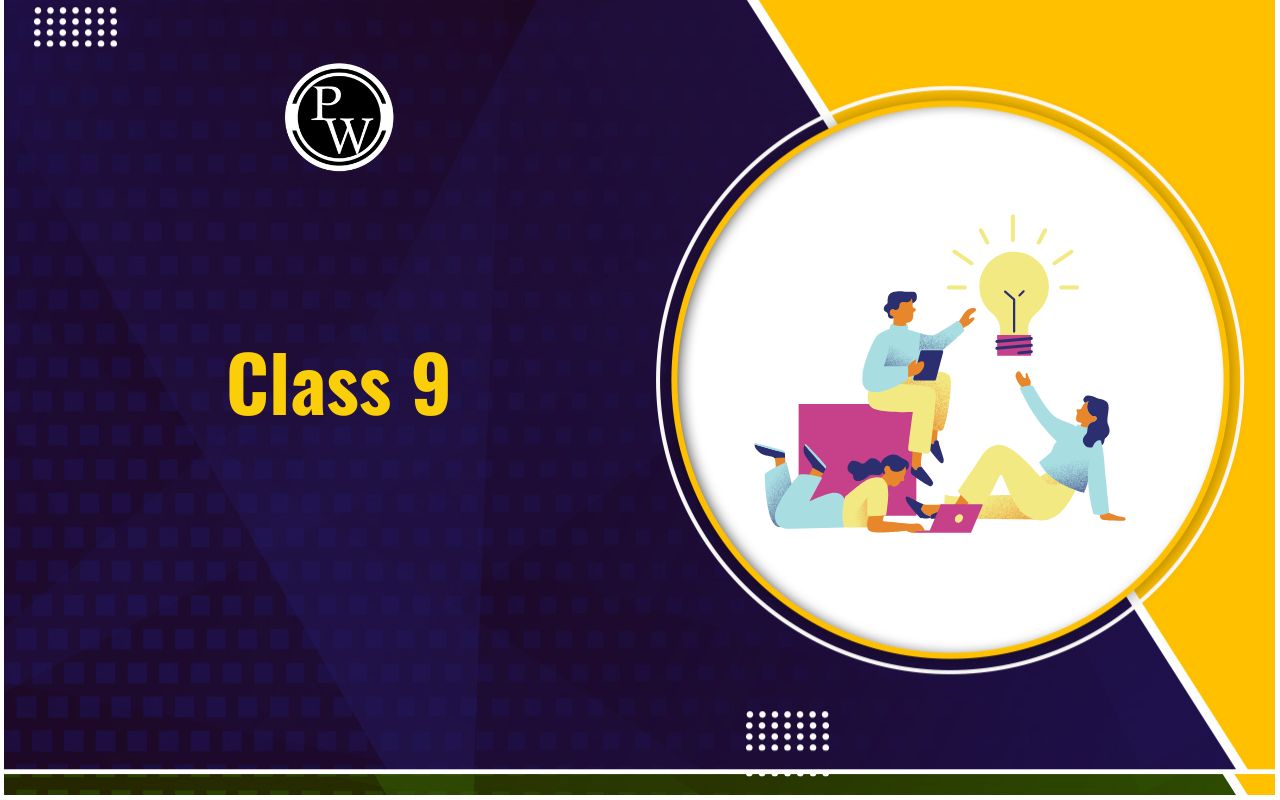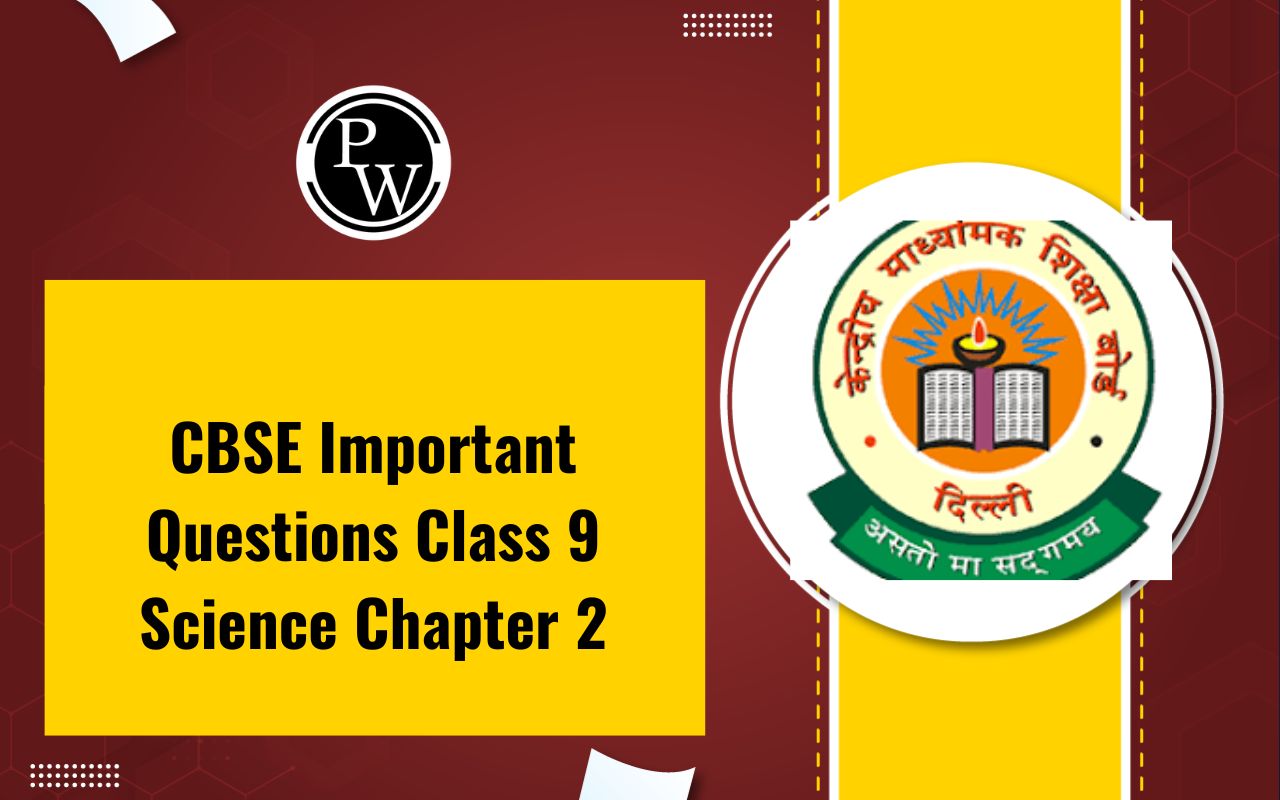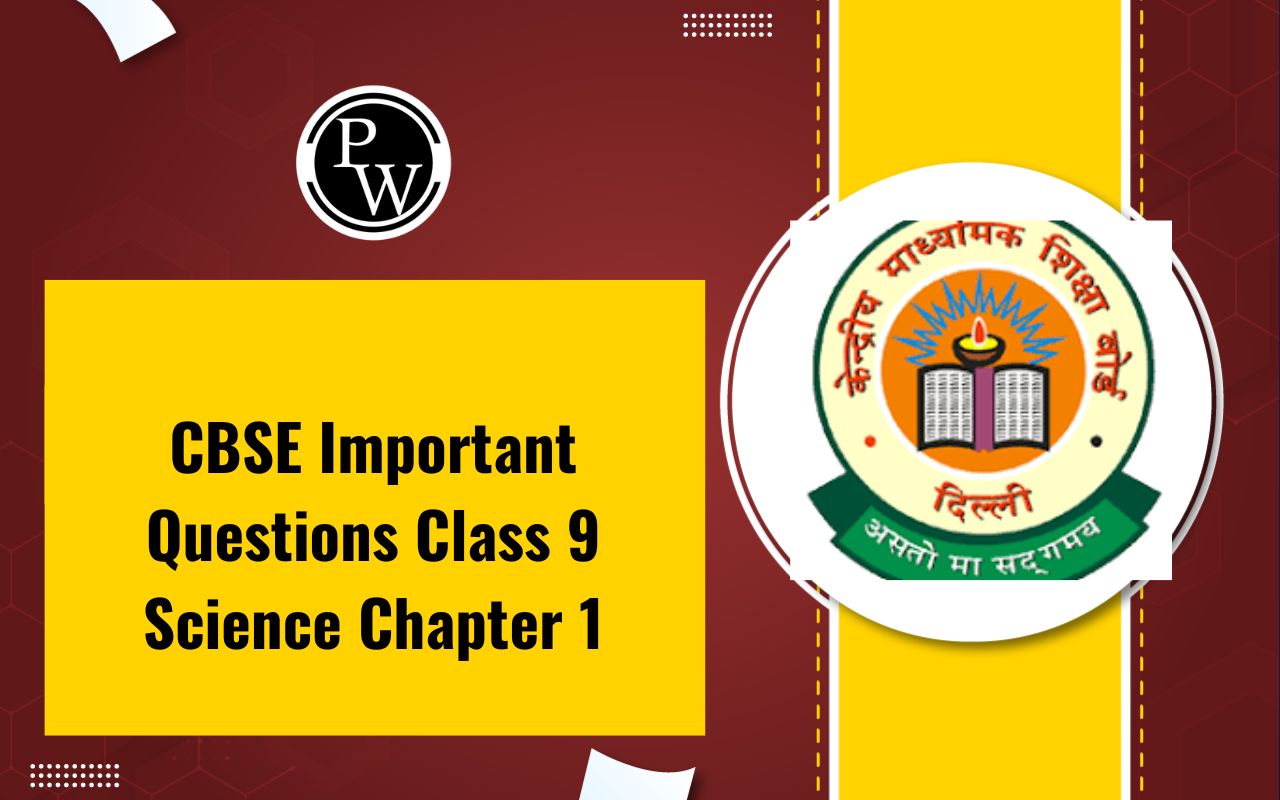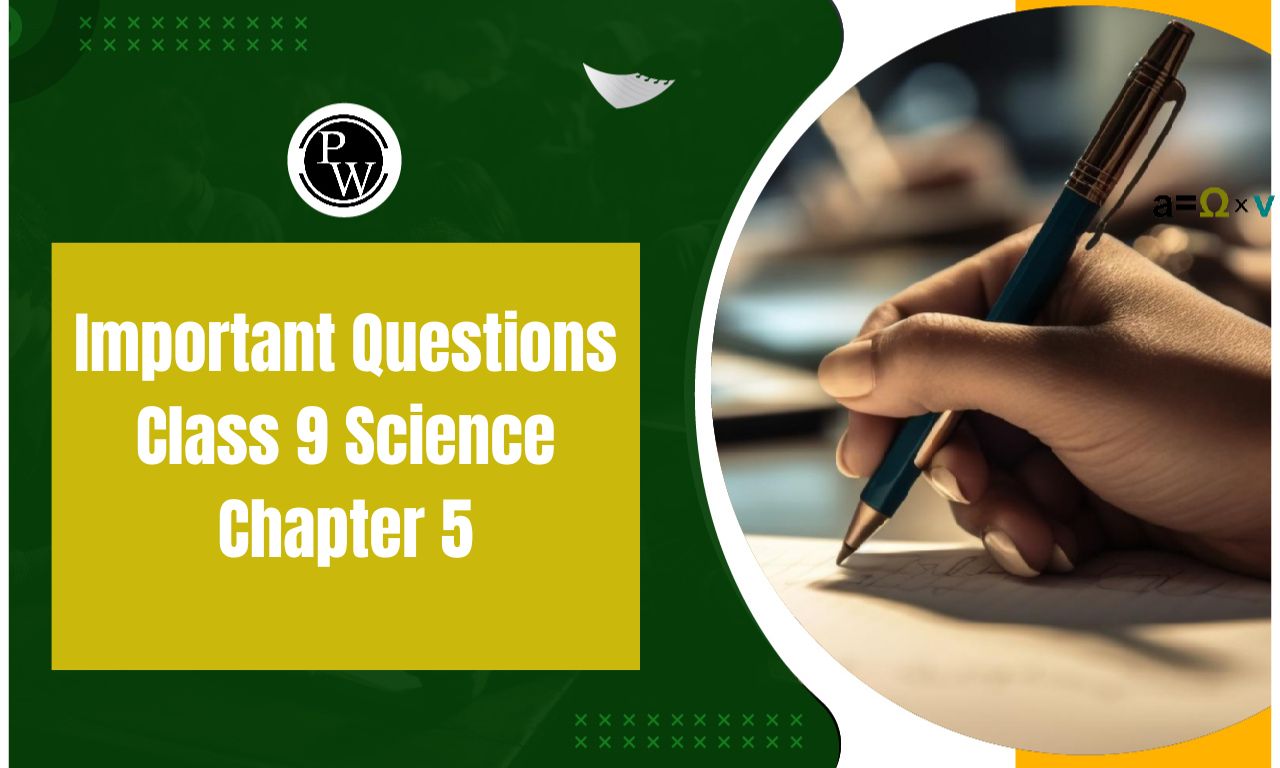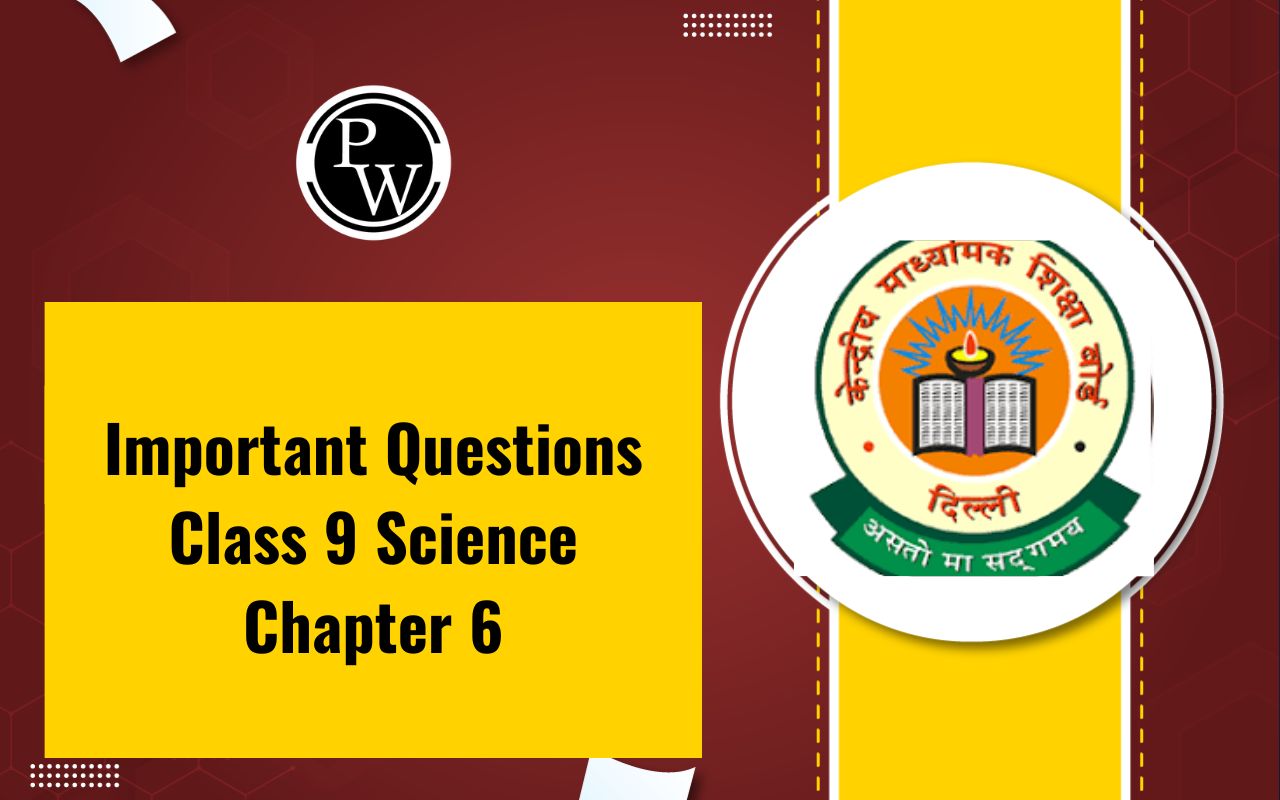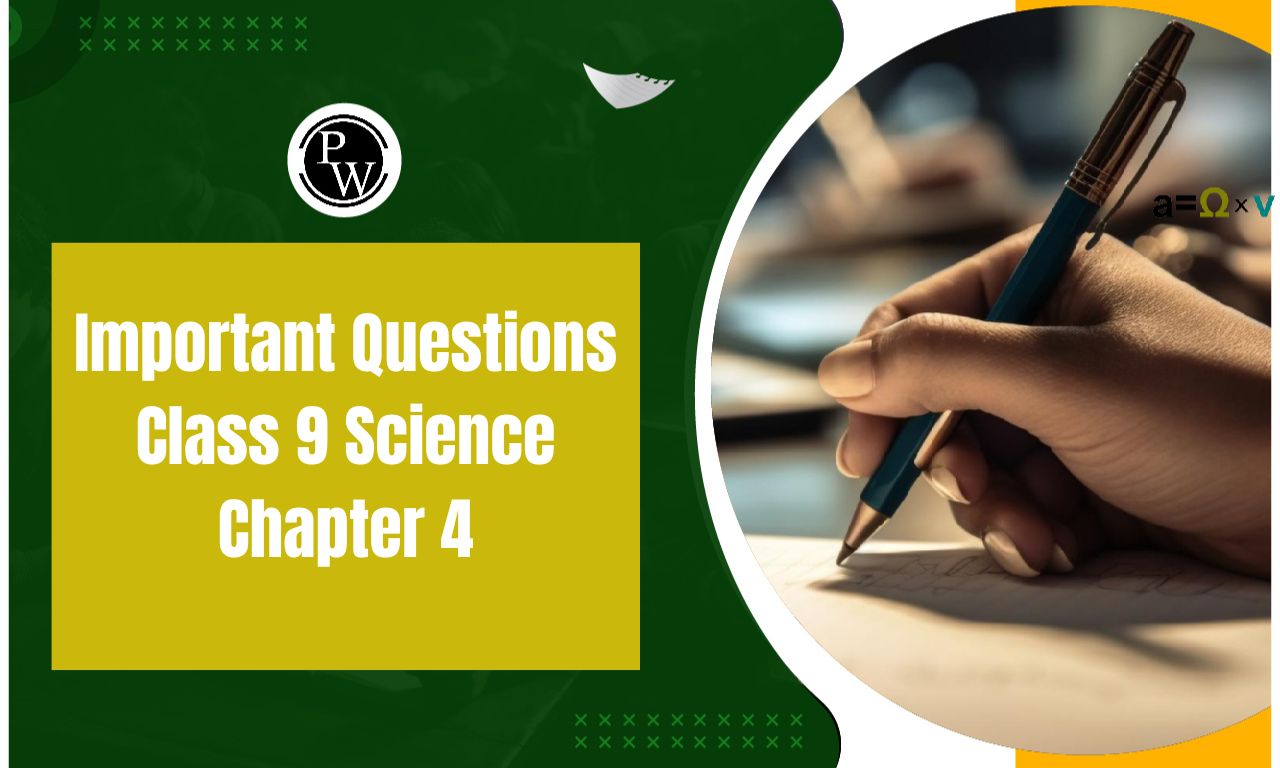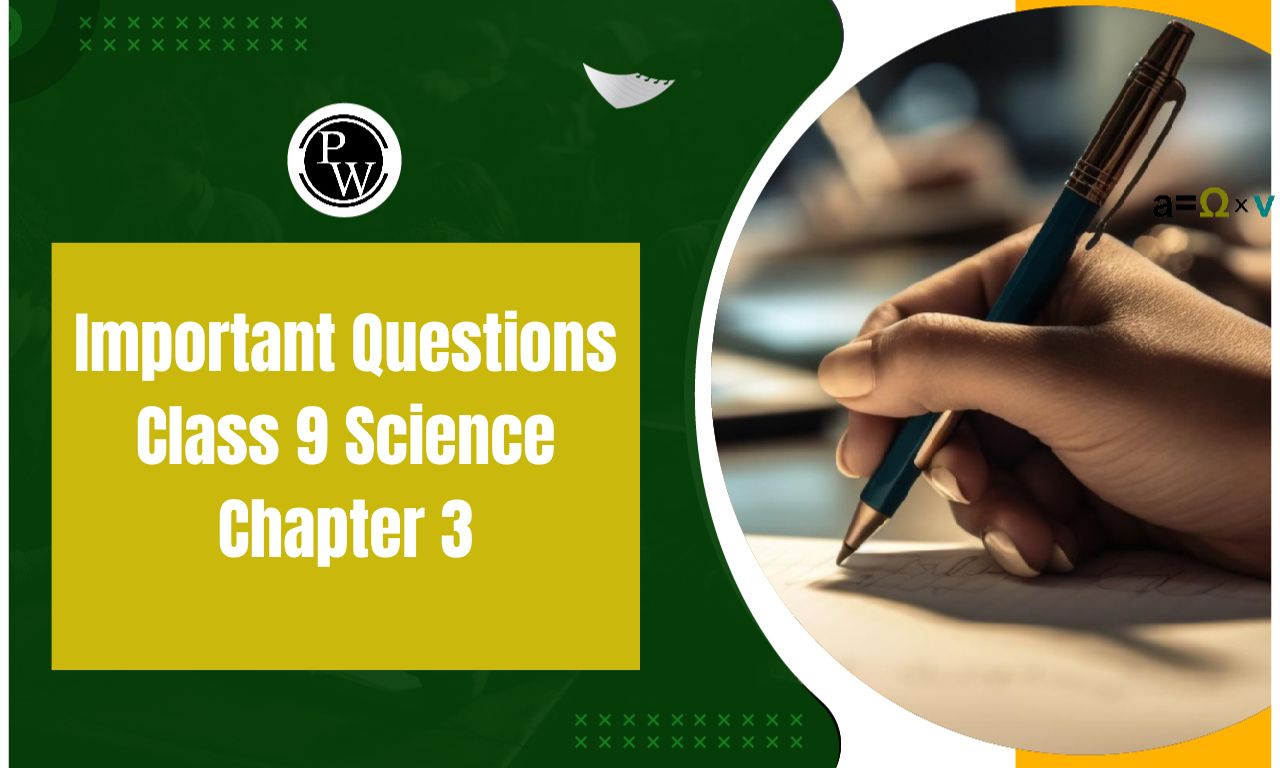
CBSE Class 9 Maths Notes Chapter 15: You may get the Class 9 Maths Revision Notes, Chapter 15 Probability, in PDF format from here. Simply put, probability is an uncertain event. It is a means of calculating the degree of uncertainty in any given circumstance. Empirical probability, which is derived from actual experiments, is the outcome of probability based on actual experiments and is regarded as an experimental technique in mathematics.
The quantity of trials and the frequency with which the desired event occurs determine probability. Get the free Class 9 revision notes Maths Ch 15 from here to gain a deeper comprehension of the ideas.CBSE Class 9 Maths Notes Chapter 15 Overview
CBSE Class 9 Maths Notes Chapter 15 Probability which has been carefully produced by knowledgeable teachers here, is your indispensable companion for a deeper understanding of this topic. These notes simplify the complicated ideas of probability into manageable chunks, making it easier for you to learn new ideas, become proficient with formulas, and finish last-minute questions fast and with ease. You can gain a thorough comprehension of the subject matter and improve your study skills by devoting yourself to these notes.CBSE Class 9 Maths Notes Chapter 15 PDF
Here we have provided the CBSE Class 9 Maths Notes Chapter 15 pdf for the ease of students so that they can easily use this pdf by downloading it without the internet. This pdf will help students to understand the concepts better before their exams.CBSE Class 9 Maths Notes Chapter 15 PDF
CBSE Class 9 Maths Notes Chapter 15
Probability Formula
Probability quantifies the possibility that an event will transpire. Although events cannot be foreseen with absolute certainty, they can be stated using the concept of probability as to how probable they are to occur. Probability can have values between 0 and 1, where 0 denotes an impossibility and 1 denotes a certainty of an event. If there are 'n' trials in total, the probability that an event (D) will occur is P (D) = number of trials where the event occurred / total trials.Experiment
is any process that can be carried out indefinitely or any sequence of steps with a predetermined set of possible results. can have a single probable conclusion or multiple possibilities. is also known as the sampling area.Trail
 A trial is a single action carried out to ascertain the result.
An experiment or sample space is the collective term for all conceivable trials that make up a well-defined collection of probable outcomes.
A trial is a single action carried out to ascertain the result.
An experiment or sample space is the collective term for all conceivable trials that make up a well-defined collection of probable outcomes.
Uses And Application of Probability
Probability is widely used in various fields, such as, Physical Sciences, Medical Sciences, Biological Sciences, Commerce, Weather Forecasting, Mathematics, etc.Standard Terms Related To Probability
Randomness
An experiment is referred to as random if it is being conducted without our knowledge of what will happen as the experiment's next result.Trial
A trial is an action that could have one or more outcomes, not just one. Take the spade 7 card out of the deck of cards, for instance, or determine the result of a dice roll, etc.Independent Trial
If a trial does not affect the outcome of any other random experiment, it is considered independent. Tossing a coin or rolling a die are examples of separate trials as they don't always affect one another.Event
The collection of experiment results is an event that occurs during experimentation. When we roll the dice, for instance, there is a three-percent chance that the result will be an odd number, such as 1, 3, or 5. So there would be three possible outcomes from the occurrence.Impossible Events
In a test, an event's probability is zero (0) if it is not conceivable for it to occur. We refer to this as an Impossible Event. For instance, you are not allowed to toss dice that have the number eight on them. Therefore, there is no chance in hell of rolling an 8 on a die.Sure or Certain Event
When an event is certain to occur during testing, it's referred to as having a particular probability. In this case, the likelihood is 1. For instance, drawing a red ball from a bag containing exclusively red balls is guaranteed. This demonstrates that an event's probability could range from 1 to 0. Thus, P (E) ≤ 1 ≤ 0 ≤.Elementary Event
If there is only one possible outcome of an event to take place, then it is what we call an Elementary Event. For example, if we add all the elementary events of an experiment then their sum will be 1.
The general form is as given:
P (H) + P (T) = 1
P (H) + P= 1 (where H- ‘not H’).
P (H) – 1 = P
P (H) and P are called complementary events.
Sum of Probabilities of Favorable and Unfavorable Events
- There is a likelihood that an expected outcome will be realized when a trial is conducted for it. A beneficial event is a trial or event of this kind.
- There's a danger that a trial conducted with an expected outcome won't produce the desired result. An undesirable event is a trial or occurrence of this kind.
- Every possible consequence, whether good or bad, for an event originates from a predetermined set of outcomes.
- Assume there are n good outcomes for an event in sample space S. Next, there exist S-n, adverse consequences.
- The occurrence of both good and adverse outcomes is contingent upon the quantity of trials conducted. But the total of these two probabilities is always one.
Benefits of CBSE Class 9 Maths Notes Chapter 15
Quick Concept Summaries: For the effective study, Our Revision Notes for Class 9 Maths Chapter 15 "Probability" provide concise, understandable summaries of key ideas. Simplified Learning: Difficult subjects are presented in a way that is easy to comprehend, which helps students learn them better. Last-Minute Exam Prep: A useful tool that offers a brief yet thorough summary of the chapter, ideal for last-minute study sessions. Improved knowledge Retention: Assists in retaining important knowledge longer by providing organized summaries and explanations. Effective Exam Preparation: Emphasizing essential themes, offering advice, and ranking the most crucial subjects and questions, helps with effective exam preparation. Time-Saving Resource: By combining material, this resource saves students time and lets them concentrate on certain subjects. Practical Real-World Examples: Provides real-world examples that help promote a deeper understanding by tying theoretical principles to actual situations. Confidence Boost: Offering a thorough and well-organized resource for revision, helps students feel more confident before tests.\CBSE Class 9 Maths Notes Chapter 15 FAQs
What are probability class 9 notes?
How do you solve probability in Class 9?
What is an example of probability class 9?



